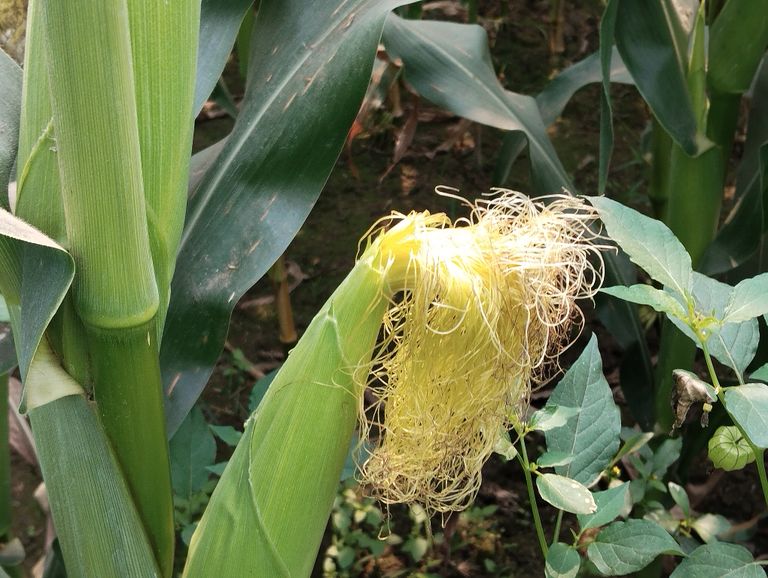
Bhutta Maize Farming A Comprehensive Guide.
Bhutta, commonly known as maize or corn, is one of the most widely cultivated cereal crops globally. It serves as a staple food in many regions and is also used as fodder for livestock. Maize farming is not only profitable but also contributes significantly to the agricultural economy. This blog provides a comprehensive guide to maize cultivation, covering soil preparation, planting, irrigation, pest control, and harvesting.
Climate and Soil Requirements
Maize is a warm-season crop that thrives in temperatures between 18°C and 27°C. It requires well-drained, fertile soil with a pH range of 5.5 to 7.0. Sandy loam and loamy soils rich in organic matter are ideal for maize cultivation. Proper soil preparation, including plowing and leveling, ensures good aeration and moisture retention.
Land Preparation and Sowing
Before sowing, the land should be plowed and harrowed to create a fine tilth. Adding organic manure or compost enhances soil fertility. Maize seeds should be sown at a depth of 3-5 cm with a spacing of 20-25 cm between plants and 60-75 cm between rows. The best time for sowing depends on the region but generally falls between early spring and late summer.
Fertilizer and Nutrient Management
Maize requires a balanced nutrient supply for optimal growth. A well-planned fertilization schedule includes:
Nitrogen (N): Enhances vegetative growth and grain formation.
Phosphorus (P): Strengthens root development.
Potassium (K): Improves resistance to diseases and enhances grain quality.
Farmers should apply fertilizers based on soil test results to avoid overuse and ensure sustainable soil health.
Irrigation and Water Management
Maize requires adequate water at critical growth stages, such as germination, tasseling, and grain filling. Proper irrigation methods, such as drip or sprinkler irrigation, help conserve water while ensuring optimal moisture availability. Overwatering should be avoided to prevent root rot and fungal infections.
Pest and Disease Control
Common maize pests include stem borers, armyworms, and aphids. Natural predators, neem-based pesticides, and crop rotation help in pest management. Maize is also susceptible to diseases like rust, leaf blight, and smut. Farmers should adopt preventive measures such as using disease-resistant varieties, maintaining field hygiene, and timely fungicide applications.
Weed Management
Weeds compete with maize plants for nutrients and water. Early-stage weeding, either manually or using herbicides, ensures better crop growth. Mulching can also help suppress weed growth while retaining soil moisture.
Harvesting and Post-Harvest Management
Maize is ready for harvest when the kernels harden and the husks dry. Harvesting can be done manually or using mechanical harvesters. Proper drying and storage of maize grains prevent post-harvest losses. Farmers should store maize in well-ventilated, moisture-free environments to avoid pest infestations and fungal growth.
Economic Importance and Market Opportunities
Maize has diverse applications, including food products, animal feed, biofuel production, and industrial uses. Farmers can maximize profits by exploring value-added maize products such as popcorn, corn flour, and maize-based snacks. Government subsidies and support programs can also aid farmers in improving their yields and accessing better markets.
Conclusion
Maize farming is a highly rewarding agricultural practice that requires proper planning and management. By adopting scientific farming techniques, sustainable practices, and market-oriented strategies, farmers can achieve higher productivity and profitability. With increasing demand for maize in various industries, investing in bhutta farming can be a lucrative opportunity for farmers worldwide. I’ve created a detailed blog on Bhutta (Maize) Farming. Let me know if you need any modifications or additional details.
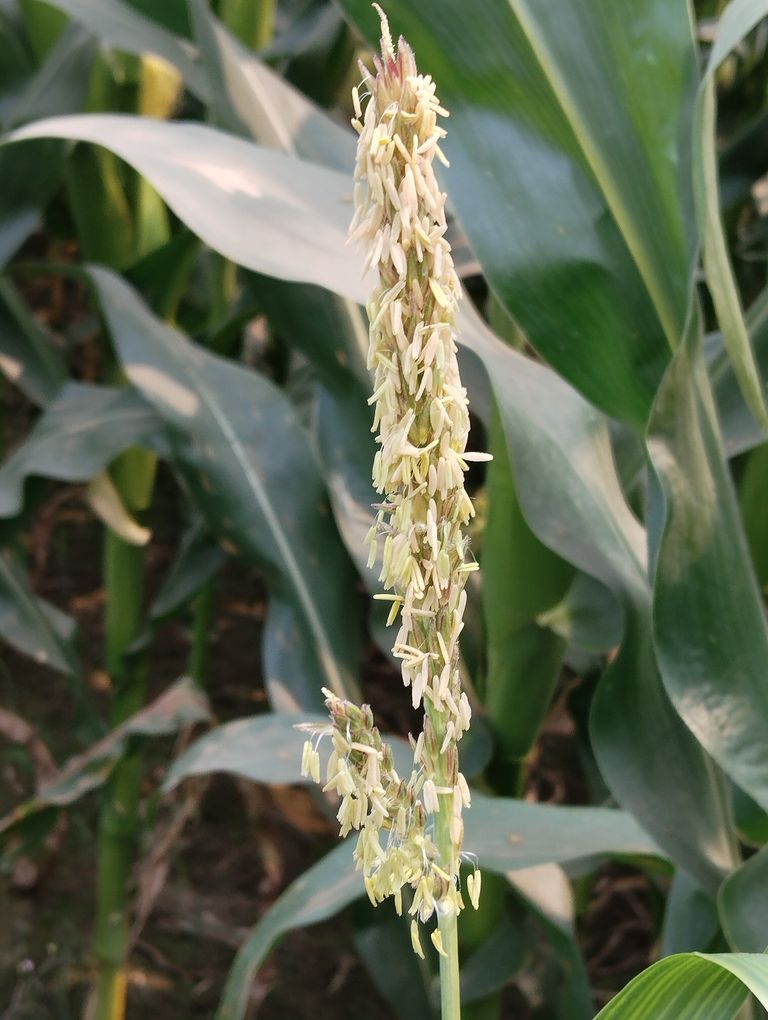
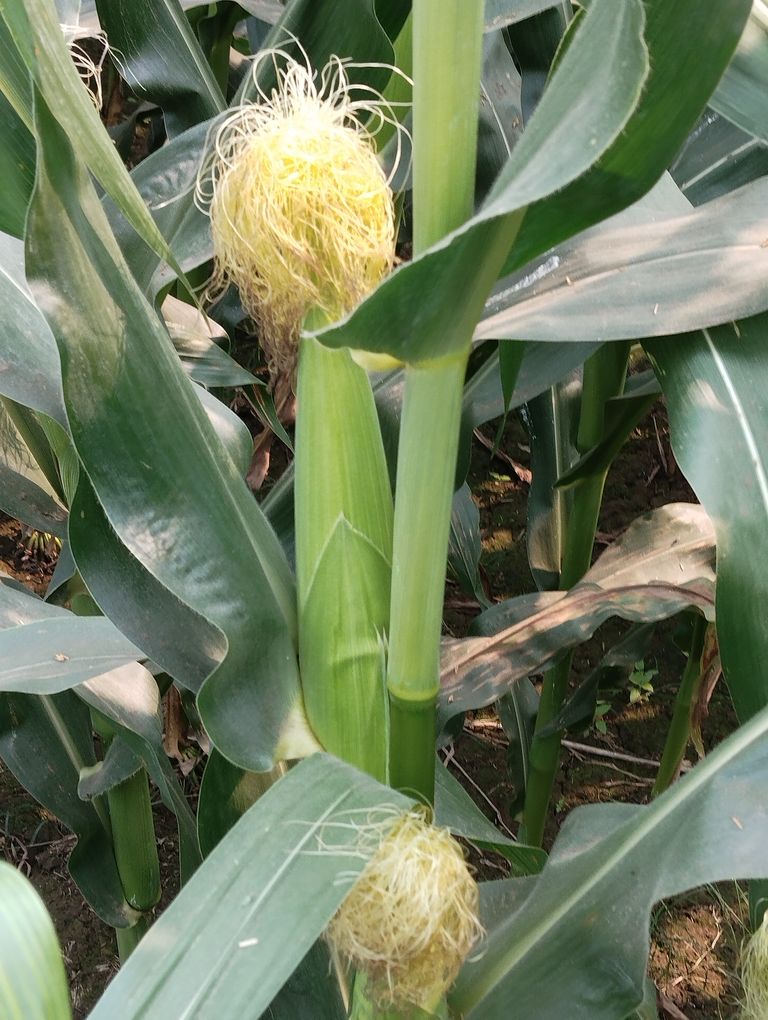
Roasted Corn: A Delightful Snack with Rich History and Health Benefits
Corn, one of the most widely consumed grains in the world, has been a staple in human diets for centuries. Among the various ways of consuming corn, roasting holds a special place in many cultures. Roasted corn, whether prepared over an open flame, in an oven, or on a grill, is loved for its smoky aroma, crispy texture, and naturally sweet taste.
In this blog, we will explore the origins of roasted corn, its cultural significance, health benefits, and how you can prepare it in different ways to enjoy its full flavor.
The History and Cultural Significance of Roasted Corn
Corn (Zea mays) has been cultivated for thousands of years, with its origins tracing back to Mesoamerican civilizations such as the Aztecs and the Mayans. These early civilizations not only cultivated corn but also developed various cooking techniques, including roasting.
Today, roasted corn is enjoyed across the globe. In Mexico, you’ll find “elote,” a popular street food that features roasted corn slathered with mayonnaise, cheese, lime, and chili powder. In Africa, roasted corn is commonly sold by street vendors as a quick and nutritious snack. In India, “bhutta” is a monsoon favorite, often seasoned with lemon juice and spices. Meanwhile, in the United States, corn on the cob is a staple at barbecues and fairs.
Health Benefits of Roasted Corn
Roasted corn is more than just a delicious snack; it also offers numerous health benefits:
- Rich in Nutrients
Corn is packed with essential nutrients such as fiber, vitamins, and minerals. It contains Vitamin B-complex, including thiamin and niacin, which help boost energy production and brain function.
- Good Source of Antioxidants
Yellow corn is rich in carotenoids like lutein and zeaxanthin, which are beneficial for eye health and help prevent age-related macular degeneration.
- Aids Digestion
Corn is high in dietary fiber, which promotes a healthy digestive system by preventing constipation and supporting gut health.
- Supports Heart Health
The fiber in corn helps reduce cholesterol levels, while the presence of potassium aids in maintaining proper blood pressure levels.
- Naturally Gluten-Free
Corn is a great alternative for people with gluten intolerance or celiac disease, making it a safe choice for those following a gluten-free diet.
How to Roast Corn at Home
Roasting corn at home is simple and requires minimal ingredients. Here are three popular methods to try:
- Open Flame Roasting
One of the most traditional methods is roasting corn over an open flame. This method imparts a smoky flavor to the kernels.
Instructions:
Peel back the husk slightly to remove the silk, then cover the husk back over the cob.
Place the corn directly over a gas stove burner or open flame grill.
Turn occasionally until all sides are evenly charred.
Remove from heat, let it cool slightly, then peel off the husk.
Enjoy with a sprinkle of salt, lemon juice, and butter.
- Oven Roasting
Oven roasting is a convenient way to achieve a roasted flavor without an open fire.
Instructions:
Preheat your oven to 400°F (200°C).
Place corn (with husk) directly on the oven rack or wrap peeled corn in aluminum foil.
Roast for about 30 minutes, turning occasionally.
Let it cool for a few minutes before serving.
- Grill Roasting
Grilling enhances the natural sweetness of corn with caramelized flavors.
Instructions:
Preheat your grill to medium-high heat.
Brush corn with olive oil or butter and place it directly on the grill.
Turn every few minutes until it is evenly charred.
Serve hot with seasoning of your choice.
Delicious Seasoning Ideas for Roasted Corn
While roasted corn tastes great on its own, you can elevate its flavor with different seasonings:
Classic Butter & Salt: Simple yet flavorful, ideal for a traditional taste.
Spicy Chili & Lime: Sprinkle chili powder and squeeze fresh lime for a tangy twist.
Garlic Parmesan: Brush with garlic butter and top with grated parmesan cheese.
Herbed Delight: Toss with fresh herbs like cilantro, parsley, or basil.
Sweet & Smoky: Drizzle with honey and a dash of smoked paprika for a unique contrast.
Final Thoughts
Roasted corn is a timeless treat that transcends cultures and generations. Whether you enjoy it plain, seasoned, or topped with gourmet ingredients, it is a wholesome, nutritious, and satisfying snack. Try roasting corn at home using one of the methods mentioned and experiment with flavors to find your favorite combination.
Enjoy the crispy, smoky goodness of roasted corn and indulge in a snack that is both delicious and nutritious.
I've created a detailed blog on roasted corn, covering its history, health benefits, and various preparation methods. Let me know if you’d like any modifications or additional details!
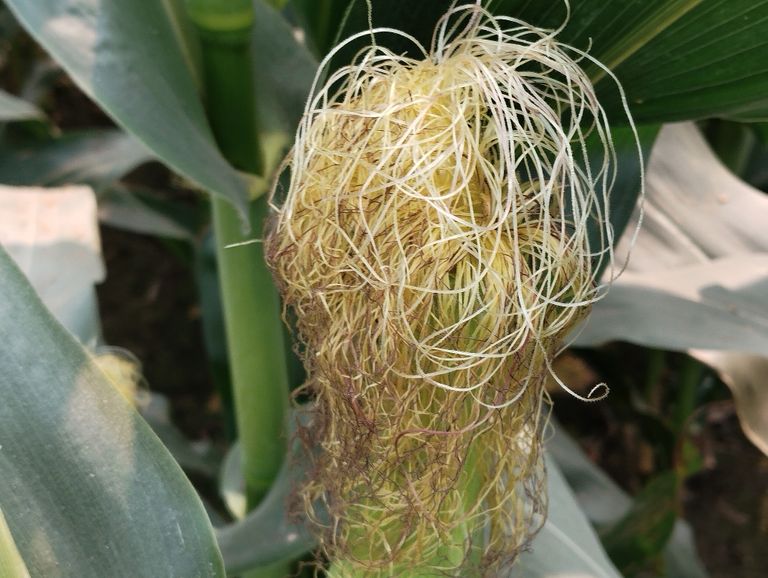
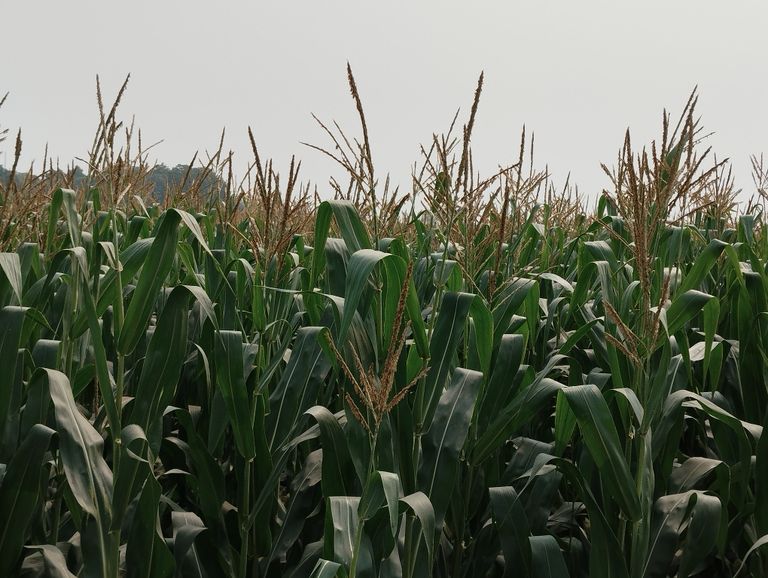
Is Raw Corn Safe to Eat? A Comprehensive Guide
Corn, also known as maize, is a popular staple food consumed worldwide in various forms. While most people enjoy corn cooked—whether boiled, grilled, or roasted—you may wonder whether it is safe and beneficial to eat raw corn. This article explores the safety, nutritional benefits, potential risks, and best practices for consuming raw corn.
Is Raw Corn Edible?
Yes, raw corn is entirely edible, provided that it is fresh and sourced from a reputable supplier. Sweet corn, in particular, is best suited for raw consumption due to its tender kernels and natural sweetness. Unlike field corn, which is starchy and tough, sweet corn is harvested at its peak ripeness and retains a soft texture, making it ideal for eating straight off the cob.
Nutritional Benefits of Eating Raw Corn
Raw corn offers an impressive array of nutrients that contribute to overall health. Some of its key nutritional benefits include:
- Rich in Fiber
Corn is a good source of dietary fiber, which supports digestion, regulates blood sugar levels, and promotes a healthy gut microbiome.
- Packed with Vitamins and Minerals
Raw corn provides essential vitamins and minerals such as:
Vitamin C – Supports immune function and skin health.
Folate – Essential for cell growth and fetal development during pregnancy.
Potassium – Helps regulate blood pressure and muscle function.
Magnesium – Contributes to bone health and energy production.
- High in Antioxidants
Raw corn contains powerful antioxidants like lutein and zeaxanthin, which support eye health and reduce the risk of age-related macular degeneration.
- Hydrating and Low in Calories
With a high water content and low calorie count, raw corn can be a refreshing and nutritious addition to a healthy diet.
Potential Risks of Eating Raw Corn
While raw corn is generally safe to eat, there are some risks to consider:
- Pesticide Residues
Corn is often treated with pesticides, so consuming raw corn without proper washing may expose you to harmful chemicals. Opt for organic corn whenever possible.
- Digestive Discomfort
Some people may experience bloating or gas due to the high fiber content and natural sugars in raw corn. If you have a sensitive digestive system, start with a small portion to see how your body reacts.
- Risk of Contamination
Like all raw produce, corn can harbor bacteria if not handled properly. Always wash the husk and kernels thoroughly before eating.
Best Ways to Enjoy Raw Corn
If you’re interested in trying raw corn, here are some delicious ways to incorporate it into your meals:
- Straight Off the Cob
Simply husk the corn, rinse it under running water, and bite into the kernels for a sweet and crunchy treat.
- Corn Salad
Mix raw corn kernels with cherry tomatoes, avocado, red onion, lime juice, and fresh herbs for a refreshing summer salad.
- Corn Salsa
Combine raw corn with diced bell peppers, jalapeños, cilantro, and a squeeze of lemon or lime for a vibrant salsa to pair with tortilla chips.
- Smoothies and Soups
Blend raw corn with coconut milk, fresh herbs, and spices to create a creamy and nutritious cold soup or smoothie.
Final Thoughts
Eating raw corn is a delicious and nutritious option that offers various health benefits. As long as you choose fresh, high-quality corn and wash it properly, you can enjoy its natural sweetness and crunch. Whether eaten straight off the cob or incorporated into salads and salsas, raw corn can be a refreshing and healthy addition to your diet.
Would you try eating raw corn? Share your thoughts in the comments below!
I've created a detailed blog about the edibility, benefits, and risks of eating raw corn. Let me know if you need any modifications or additions.
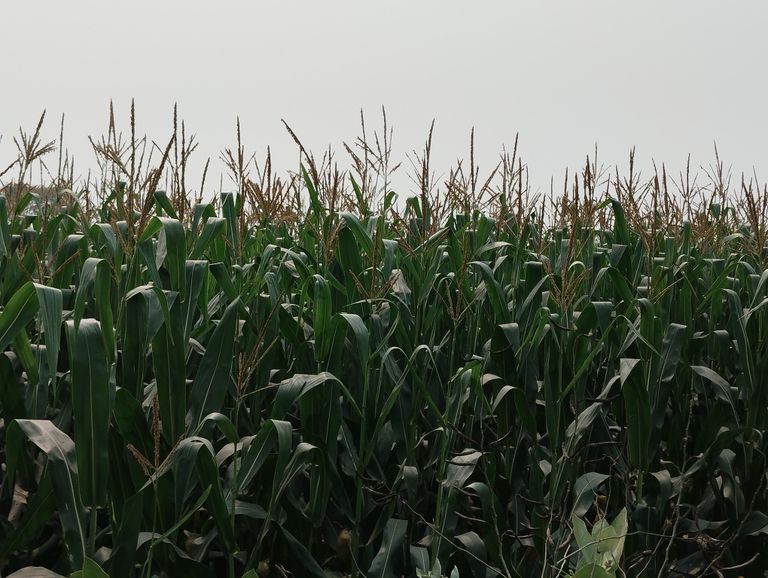
Is Raw Corn Safe to Eat? A Comprehensive Guide
Corn, also known as maize, is a popular staple food consumed worldwide in various forms. While most people enjoy corn cooked—whether boiled, grilled, or roasted—you may wonder whether it is safe and beneficial to eat raw corn. This article explores the safety, nutritional benefits, potential risks, and best practices for consuming raw corn.
Is Raw Corn Edible?
Yes, raw corn is entirely edible, provided that it is fresh and sourced from a reputable supplier. Sweet corn, in particular, is best suited for raw consumption due to its tender kernels and natural sweetness. Unlike field corn, which is starchy and tough, sweet corn is harvested at its peak ripeness and retains a soft texture, making it ideal for eating straight off the cob.
Nutritional Benefits of Eating Raw Corn
Raw corn offers an impressive array of nutrients that contribute to overall health. Some of its key nutritional benefits include:
- Rich in Fiber
Corn is a good source of dietary fiber, which supports digestion, regulates blood sugar levels, and promotes a healthy gut microbiome.
- Packed with Vitamins and Minerals
Raw corn provides essential vitamins and minerals such as:
Vitamin C – Supports immune function and skin health.
Folate – Essential for cell growth and fetal development during pregnancy.
Potassium – Helps regulate blood pressure and muscle function.
Magnesium – Contributes to bone health and energy production.
- High in Antioxidants
Raw corn contains powerful antioxidants like lutein and zeaxanthin, which support eye health and reduce the risk of age-related macular degeneration.
- Hydrating and Low in Calories
With a high water content and low calorie count, raw corn can be a refreshing and nutritious addition to a healthy diet.
Potential Risks of Eating Raw Corn
While raw corn is generally safe to eat, there are some risks to consider:
- Pesticide Residues
Corn is often treated with pesticides, so consuming raw corn without proper washing may expose you to harmful chemicals. Opt for organic corn whenever possible.
- Digestive Discomfort
Some people may experience bloating or gas due to the high fiber content and natural sugars in raw corn. If you have a sensitive digestive system, start with a small portion to see how your body reacts.
- Risk of Contamination
Like all raw produce, corn can harbor bacteria if not handled properly. Always wash the husk and kernels thoroughly before eating.
Best Ways to Enjoy Raw Corn
If you’re interested in trying raw corn, here are some delicious ways to incorporate it into your meals:
- Straight Off the Cob
Simply husk the corn, rinse it under running water, and bite into the kernels for a sweet and crunchy treat.
- Corn Salad
Mix raw corn kernels with cherry tomatoes, avocado, red onion, lime juice, and fresh herbs for a refreshing summer salad.
- Corn Salsa
Combine raw corn with diced bell peppers, jalapeños, cilantro, and a squeeze of lemon or lime for a vibrant salsa to pair with tortilla chips.
- Smoothies and Soups
Blend raw corn with coconut milk, fresh herbs, and spices to create a creamy and nutritious cold soup or smoothie.
Final Thoughts
Eating raw corn is a delicious and nutritious option that offers various health benefits. As long as you choose fresh, high-quality corn and wash it properly, you can enjoy its natural sweetness and crunch. Whether eaten straight off the cob or incorporated into salads and salsas, raw corn can be a refreshing and healthy addition to your diet.
Would you try eating raw corn? Share your thoughts in the comments below!
I've created a detailed blog about the edibility, benefits, and risks of eating raw corn. Let me know if you need any modifications or additions.